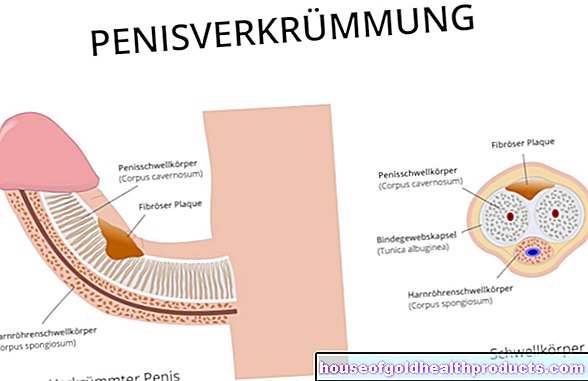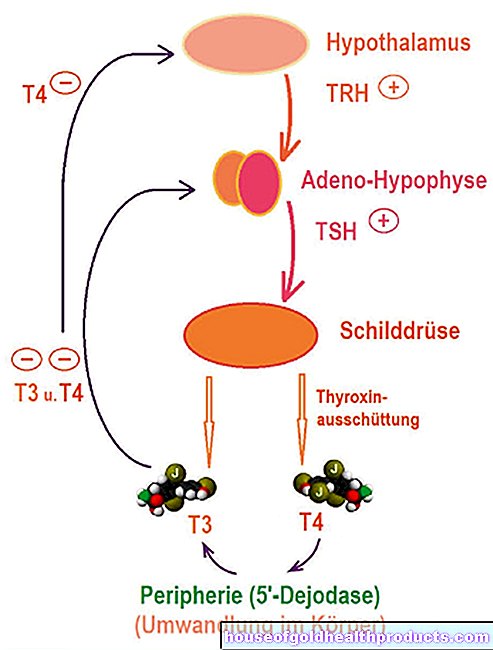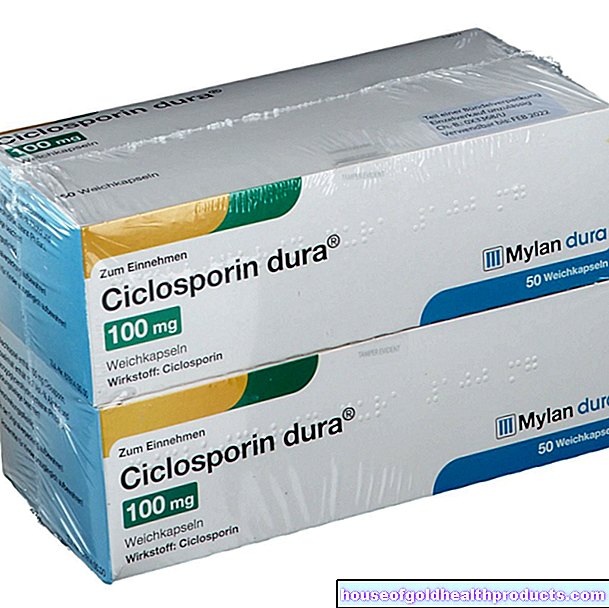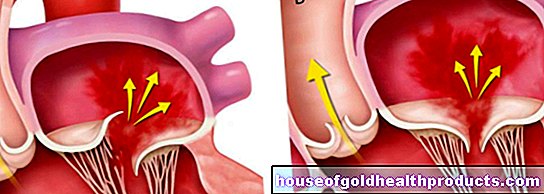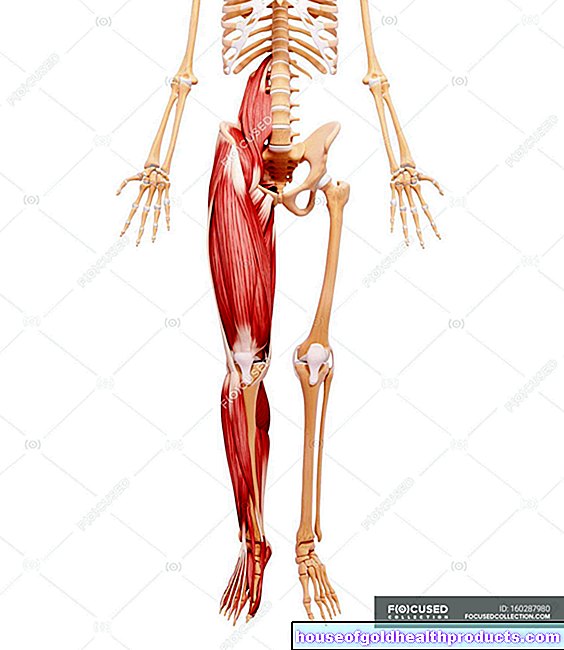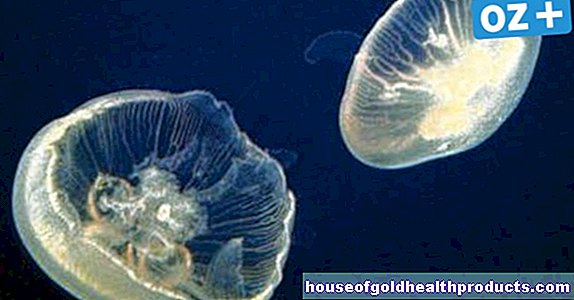Chronic pain: omit glutamate!
Christiane Fux studied journalism and psychology in Hamburg. The experienced medical editor has been writing magazine articles, news and factual texts on all conceivable health topics since 2001. In addition to her work for, Christiane Fux is also active in prose. Her first crime novel was published in 2012, and she also writes, designs and publishes her own crime plays.
More posts by Christiane Fux All content is checked by medical journalists.Chronic pain is one of the most common health problems. They are difficult to treat and can seriously affect the quality of life. Researchers at the American University have now discovered an easy-to-follow measure that could bring relief to those affected: Eliminating the flavor enhancer glutamate.
Glutamate, more precisely sodium glutamate, is produced naturally in the protein metabolism of all living things. It serves as a messenger substance in the brain. In higher quantities, however, it can cause overstimulation of the nerve cells or even damage them.
Common flavor enhancer
Glutamate is also a highly effective flavor enhancer. It is naturally found in particularly high doses in sun-dried tomatoes, Parmesan cheese and soy sauce. Above all, however, the food industry likes to add the substance to finished products: bouillon cubes and sachet soups, chips and ready-made meals.
Does Glutamate Promote Pain?
For some time now there has been evidence that glutamate may aggravate chronic pain. Researchers led by Kathleen Holton from the Department of Health Studies & Center for Behavioral Neuroscience at the American University in Washington investigated this as part of a small pilot study with 30 pain patients.
The investigation took place in the Maru region in eastern Kenya. Researchers had found that 60 percent of the population there suffered from chronic pain. That is twice as many as usual. In addition, the people there prefer to season their dishes with a seasoning mixture called mchuzi, which contains large amounts of glutamate.
Pain in different parts of the body
The subjects had all suffered from extensive pain in various parts of the body for more than three months. At least three out of four body quadrants were affected. Most of them also had other neurological complaints such as headaches, chronic exhaustion, insomnia and difficulty concentrating.
For the experiment, the participants first provided information about their diet, in particular how they used the glutamate-rich condiment and how much they drink each day. In addition, at the beginning and at the end of the study, they rated the severity of their pain on a pain scale from 0 to 100 points.
Little glutamate, lots of water
Participants who seasoned their dishes with mchuzi now received a glutamate-free substitute mixture for the study. Participants who had not previously used any seasoning mixture in cooking served as a comparison group. They were now given 1000 mg paracetamol twice a day.
Since at least headaches are known to be aggravated by dehydration, the researchers made sure that the subjects drank enough water during the study.
Considerable pain reduction
Within two weeks, the test subjects with paracetamol treatment reduced their pain perception, as expected, from an average of 80 to 30 points. A comparable pain relief was also experienced by those patients who now renounced glutamate and did not take any painkillers - namely from 85 to 40 points.
Permeable blood-brain barrier
The researchers have a hypothesis for the connection between glutamate and pain in chronic pain patients: "Pain patients may react more sensitively to glutamate because their blood-brain barrier is more permeable," said Hoton in an interview with "We know that injuries to the skull and neck area, infections, but also stress promote a chronic pain syndrome." According to animal experiments, all of these factors also made the blood-brain barrier more permeable.
Simple and effective measure
Earlier studies by Hoton and colleagues had already shown that by avoiding glutamate, the symptoms of the chronic pain disorder fibromyalgia can be reduced by 30 percent. The same goes for patients with irritable bowel syndrome.
"A low-glutamate diet could be helpful for people with chronic pain anywhere in the world," says Hoton. However, this is particularly important in developing countries where treatment options are limited. However, larger studies are needed to confirm the effect.
Glutamate - one substance, many names
Glutamate in finished products can be hidden under a variety of names. If you want to consume as little of it as possible, you should pay attention to certain content. In addition to monosodium glutamate, these are the E-codes E620 to 625, as well as ingredients such as yeast extract or yeast flakes.
Some people are very sensitive to this. With higher consumption they develop a so-called Chinese restaurant syndrome. This is accompanied by reddening of the skin, tingling in the oral cavity, itching in the throat, sweating, palpitations, body aches and nausea.
Tags: elderly care vaccinations menshealth










